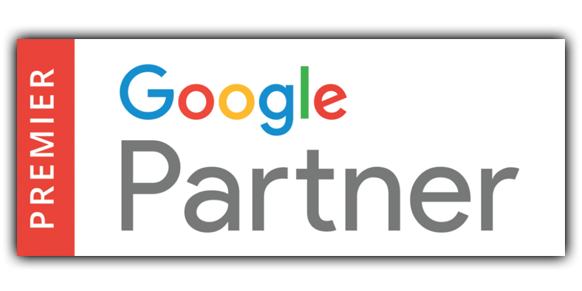By the Book

Last month we talked about responsive web site design vs. adaptive design, what they were and how they were different. I’d like to stay on the topic of web site design again this month as well.
What we talked about last month was more the “mechanical” of a site, this month it’s more about “look and feel.”
Let’s start with a question: What’s the purpose of your web site?
I ask this question at every one of our boot camps. I used to have folks just stare at me, looking a little uncomfortable and kind of confused. They weren’t really sure, they just knew they were SUPPOSED to have one because everyone else did.
That was years ago, and things have gotten better. The web has evolved, and people have figured out how they can use it. I usually get the right answer nowadays at the boot camps. The purpose of your web site is to generate bona fide leads and turn browsers into buyers.
It’s that simple.
Anything that is on your web site that doesn’t advance the ball towards a browser making a purchase is a distraction that should be removed.
Internet marketers figured this out a long time ago, and they have a name for pages that are designed solely for the purpose of conversion – squeeze pages.
Basically, a squeeze page has one focus, or subject, and offers a very specific desired action. The browser is “squeezed” into performing the desired action on that page.
Rod loves to give the example of the best squeeze page on the planet – Google.
Google is hands down the most popular squeeze page (likely most popular page period) on the planet. When you go to google.com, you are squeezed to do the one activity they want you to do – search for something. Not a lot of other visible options available (although there are some), the page is designed to draw you in to the desired activity. And it does an amazing job of it. I was surprised to hear several years ago that there is a person whose sole responsibility is the design of Google’s home page. Think about it, it’s a big white page. But it is the best converting squeeze page on the planet.
I’m not saying that to be really successful that your dealerships web site should be filled with white pages. It just needs to have pages that have a clear purpose, and that communicate that purpose in a way that move browsers down the funnel and get them to become prospects and ultimately, buyers.
So often, I see dealers that get caught up in having sites that are graphic heavy or full of non-conversion oriented content that it’s easy for potential buyers to get distracted, never to give the dealer their info before wandering off.
Even worse – a practice I’m seeing more now, is OEMs offering dealers gateways to shop for parts and accessories. Trouble is, they leave the dealers site and it’s the OEM that collects the prospects data. And the dealer isn’t guaranteed that they will get the sale or customer data later. What? Why would I spend money and effort to bring someone to my site, only to send them to a site I don’t control and give them the option to buy something and pick it up at another dealership?
Something else I have seen in the last couple of years, and was actually asked about by an OEM at one of our boot camps: an OEM exclusive web site for the purposes of co-op or because the OEM requires they have one. This usually shows up on a dealer’s main site as a side bar picture or slider banner picture that says “click here for our _______ exclusive site!”
Now, I have the privilege of not being beholden to the OEMS, and Powersports Marketing has built our business on being dealer advocates – concerned about what’s in the best interest of the dealers, and not so much the OEMS (besides, if dealers are doing well, OEMs are by default). I don’t think the guys liked my answer, but it wasn’t candy coated.
I don’t like those sites. A dealer’s online presence is critical, and dividing that presence on the internet over multiple URLs (internet addresses) is not in a dealer’s best interest. Yes, it accomplishes the OEM’s goal of having an exclusive site for their brand, but it creates a somewhat schizophrenic identity for the dealership online. We already have multi-line brick and mortar dealerships across the country known as “brand x of <city name>” dba as “dealership name.” We have a single unconfusing “umbrella” business name we go by so as not to confuse the public. The same should go for our digital storefront, so we don’t confuse people and for SEO purposes so we don’t confuse search engines either. But I digress a little, and have gone from preachin’ to meddlin’.
The point is, the best web sites with the highest ROI are those that are focused on their mission of turning browsers into buyers. I encourage you to do an audit of your site. Are all the pages clutter free, with a clear message and easy to follow conversion points (Contact Me, Request a Quote, Finance App, etc)? Are there unnecessary pages that won’t logically lead to conversions or that conversion options wouldn’t make sense if they were there? If so, get rid of them. Move that info to your Facebook page or other social media channels where they won’t get in the way of doing business. If you want to learn more about digital marketing in preparation of the upcoming Spring riding season, I encourage you to attend our next marketing boot camp in March. We’ll help you get ready to make the most of the season this year.
Talk Soon,
Brad

